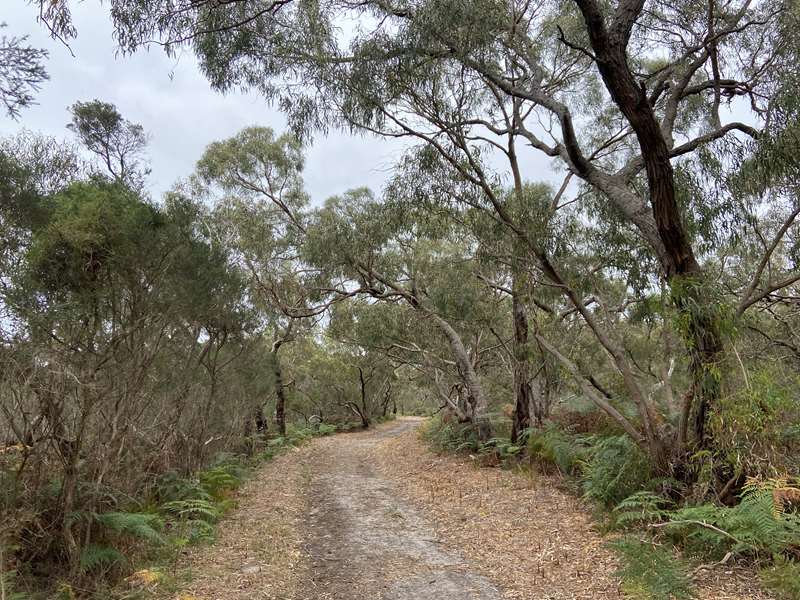Blind Bight Foreshore Reserve


Blind Bight Foreshore Reserve is 35.5 hectares of bushland which is renowned for its rare and threatened wildlife - and abundant indigenous orchids and wildflowers in Spring. Explore the coastline with bird watching all year round.
Visitors can often catch a glimpse of Swamp Wallabies, Copperhead Snakes, Tiger Snakes or even echidnas! You may even see a rare Southern Brown Bandicoot (Isoodon obesulus obesulus), which is becoming more common throughout the reserve.
The reserve is best visited in spring when numerous wildflowers are in bloom. Once in bloom, more than one hundred species or plants can be seen in the reserve. Spring brings a burst of colour, with orchids and wildflowers on show. From August to November, a keen eye may be lucky enough to see spider, donkey, onion, sun and greenhood orchids along the main path.
Adjacent to Western Port Bay, the woodlands of Blind Bight Nature Reserve are a rich wonderland of diverse ecosystems that play an important rote in providing habitats and assisting with erosion control and water filtration.
Map of Reserve

There is a playground and toilets further down on the way to the boat ramp.
Review:
We started the walk (about 5km return) from the playground at the eastern end of the reserve. The gravel trail leads to the west past a side track to the General Store (doesn't serve food) and then past an area with toilets, water tap, shaded BBQ, bin and table which has a road which leads to a boat ramp.
The path then becomes sandy and there is typical beachside vegetation such as tea-trees, gum trees and banksia. After a short time, the track becomes wide (about the width of a car) and that means it's very easy to see any snakes there on the path. Unfortunately the view to the water is obstructed and you have bush on both sides of the track.
The reserve/track ends at a gate with a private property sign. It's almost impossible to get lost on this walk. Just follow the main track. We didn't see any animals or many birds on the walk.
The most interesting area is near the boat ramp where there is a shelter with a seat, three unshaded tables and look-out over Blind Bight and the mangroves.

There's a lake with black swans beside the road to the boat ramp which has a lookout platform and seats along the northern side.

There are a number of information signs along the walk about fauna which you can see in the reserve:
Southern Brown Bandicoot
This ground-dwelling marsupial is predominantly found in southern parts of Australia including this nature reserve.
Southern Brown Bandicoots are about the same size as a small rabbit. They have a long, pointed snout, small eyes, rounded ears, large rump and a short thin tail. Their fur is greyish or yellowish brown above a whitish belly. At dawn and dusk you may find them foraging for insects, worms and larvae.
Where do they live? Southern Brown Bandicoots prefer native vegetation near the coast or near-coastal heathlands and heathy woodlands over sandy soil. They can also be found in lowland forests with dense grasses, rushes and bracken.
In Victoria the Southern Brown Bandicoot is a threatened species. This means there are not many in the wild and it is important to protect their habitat and food source and protect them from any introduced predators that may harm them, such as foxes and cats.
Swamp Wallaby
The fur on their back is dark brown to black and the fur on their front is yellow - reddish orange Their paws, feet and tail are dark brown through to black. Females can weigh up to I5kg, while males can reach 21kg.
Where do they live? Swamp Wallabies live largely in coastal areas, preferring dense cover to shelter in, such as forest, woodland, scrub and heath. They are often seen in moist patches of vegetation, around water courses and wetlands.
Swamp Wallabies browse on tree-seedlings grasses, ferns, rushes, fungi and shrubs They emerge to feed in more open patches of vegetation, so keep a look out at dawn and dusk'
Photos:
Location
2 Anchorage Drive, Blind Bight 3980 View Map








